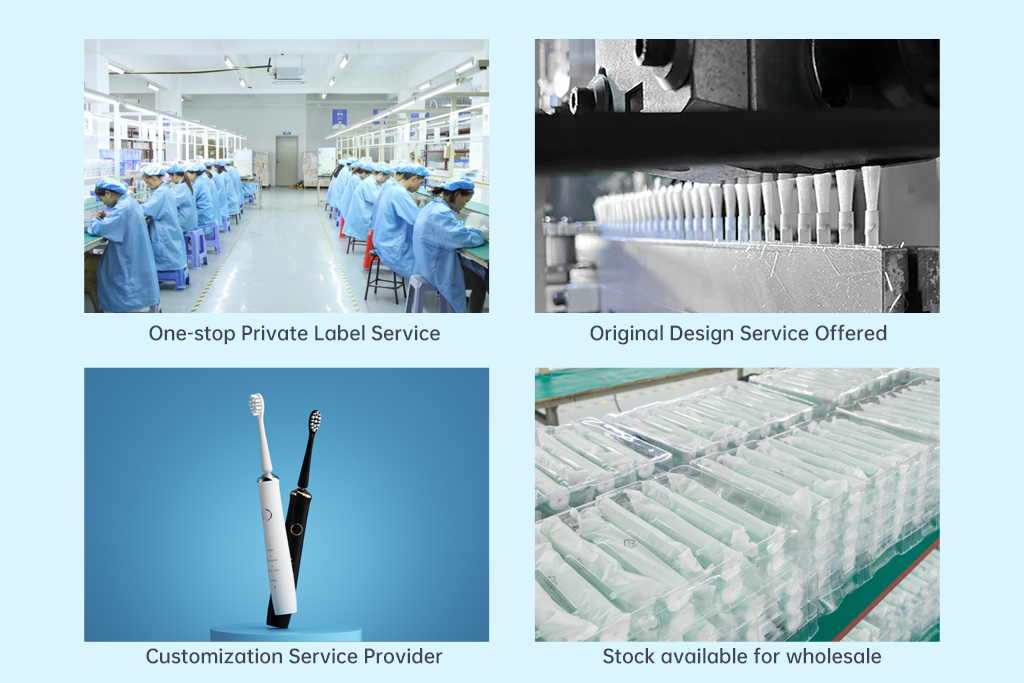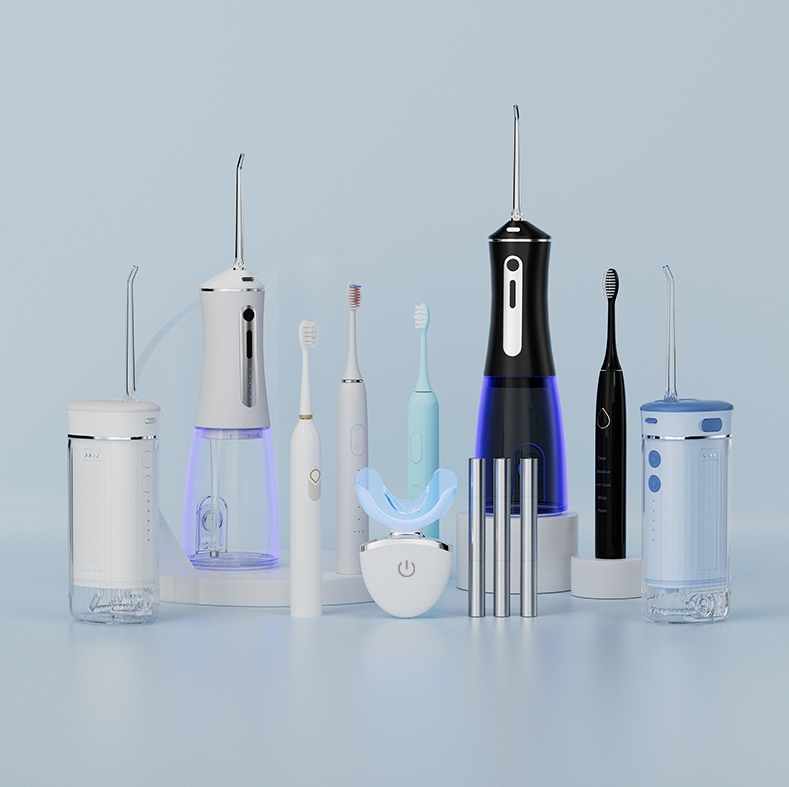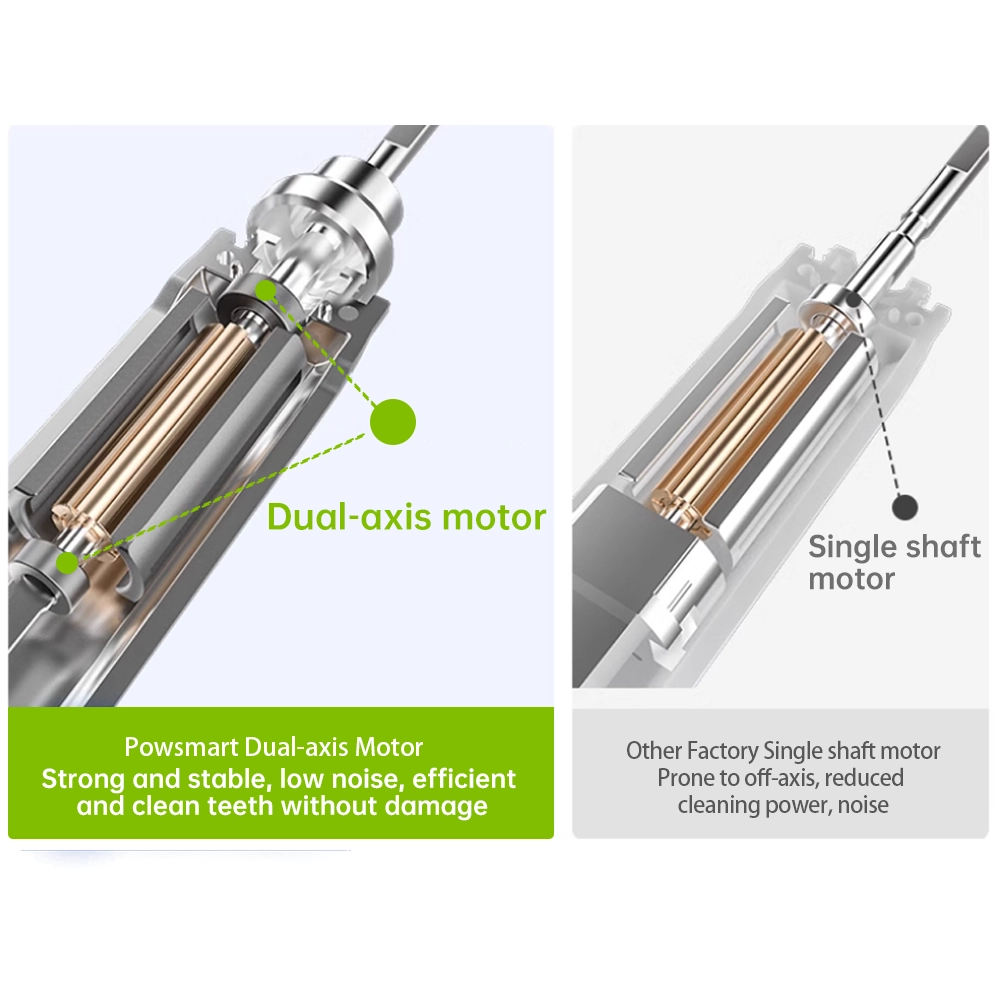In the manufacturing of modern electronic and electro-mechanical devices, unexpected failures such as Charging Overheat and Joint Leakage can greatly reduce product reliability and shorten service life. Although these two issues appear to belong to different system domains—thermal management versus sealing integrity—they are in fact closely interrelated. For OEM and ODM manufacturers, understanding this hidden connection is critical to preventing costly after-sales failures and maintaining customer satisfaction.
Charging Overheat occurs when a device’s battery or charging circuit generates excessive heat during the charging process. This heat can be the result of design inefficiencies, poor component quality, or misuse by the end-user—such as charging in a high-temperature environment or using incompatible chargers.
Excessive heat during charging not only threatens battery safety but also impacts surrounding structural components, especially plastic joints, seals, and adhesives that are sensitive to temperature rise.
Joint Leakage refers to the loss of sealing effectiveness at the device’s assembly seams, gaskets, or bonded areas. Leakage points often allow moisture, dust, or other contaminants to enter the device interior, potentially damaging sensitive electronics or reducing mechanical performance.
For devices like electric toothbrushes, grooming appliances, or medical instruments, maintaining watertight or airtight joints is essential to meeting IPX waterproofing standards and ensuring long-term durability.
The thermal energy produced during Charging Overheat can directly or indirectly cause Joint Leakage through several mechanisms:
Thus, Charging Overheat is not only a thermal management concern—it also directly impacts the mechanical sealing reliability of the entire device.Company web: https://www.powsmart.com/product/electric-toothbrush/
Certain design, material, and usage factors can increase the likelihood that Charging Overheat will result in Joint Leakage:
To reduce the chance that Charging Overheat will cause Joint Leakage, B2B manufacturers should implement several key design and production strategies:
For OEM and ODM manufacturers, the hidden relationship between Charging Overheat and Joint Leakage represents a crucial risk that cannot be ignored. A failure to properly control charging temperatures or seal design can lead to customer complaints, warranty claims, and even safety hazards such as moisture ingress or electrical failure.
By adopting a comprehensive approach that integrates thermal management with mechanical design, manufacturers can ensure their products remain durable, safe, and competitive—even in demanding environments. In today’s precision-driven market, recognizing and addressing this connection is essential for success. Contact us

.jpg)
Why Do Pediatric Warnings Address Bleach Residuals?

How Oral Care Brands Can Expand Product Line Strategically

Application of Phototherapy Technology in Teeth Whitening and Oral Care
Why Is Allergen Testing Critical for Post-Whitening Diets?

Does Black Electric Toothbrush ODM Face Handle Corrosion?
Oral Microbiome Impact from Color Relapse?

Comparison of Sonic Vibration and Rotary Electric Toothbrush Technology
Can Short Tank Runtime Delay Oral Ulcer Care?

What Services Can Electric Toothbrush Manufacturers Provide in Terms of After-Sales Service for Their Products?
How Do Handle Cracking and Connector Corrosion Affect Device Lifespan?
Why Is Enamel Vulnerability Linked to Staining Residuals?
.jpg)
sonic electric toothbrush Mesa

How to Find an Electric Toothbrush Factory with Strong Comprehensive Capabilities
How Does Portability Enhance Allergen Detection?

Does Children’s Cavity Prevention Brush Have App Connectivity Flaws?
.jpg)
Does Post-Surgery Oral Care Brush Aggravate Gum Recession?
.jpg)
Florida Electric Toothbrush – Powsmart PTR-C8

electric toothbrush heads Charcoal Infuse-Round

electric toothbrush heads Regular Clean

electric toothbrush heads Deep Clean

Electric toothbrush heads Charcoal Infused-Diamond

electric toothbrush heads Ultra Soft

Customization Teeth Whitening Gel

Private Label Whitening Gel
whstapp
whstapp
National Toll-Free Service Hotline
+86 755 86238638